Data scientists work at the intersection of complex data and practical solutions—and AI tools are now central to accelerating every stage of that process. This page features the best AI tools for data scientists in 2025, comparing both free and paid platforms that support model building, data preprocessing, visualization, deployment, and more. Whether you're working on machine learning pipelines, deep learning experiments, or real-time data applications, these tools can automate repetitive tasks and enhance your productivity. Many offer advanced features like AutoML, code generation, explainable AI, and seamless integration with Jupyter, Python, or cloud services. We've evaluated each tool based on scalability, performance, ease of use, and relevance to modern data workflows. If you're a data scientist looking to streamline experimentation, improve model accuracy, or simply speed up development, these AI-powered platforms offer the flexibility and functionality you need to get more done—faster and smarter.
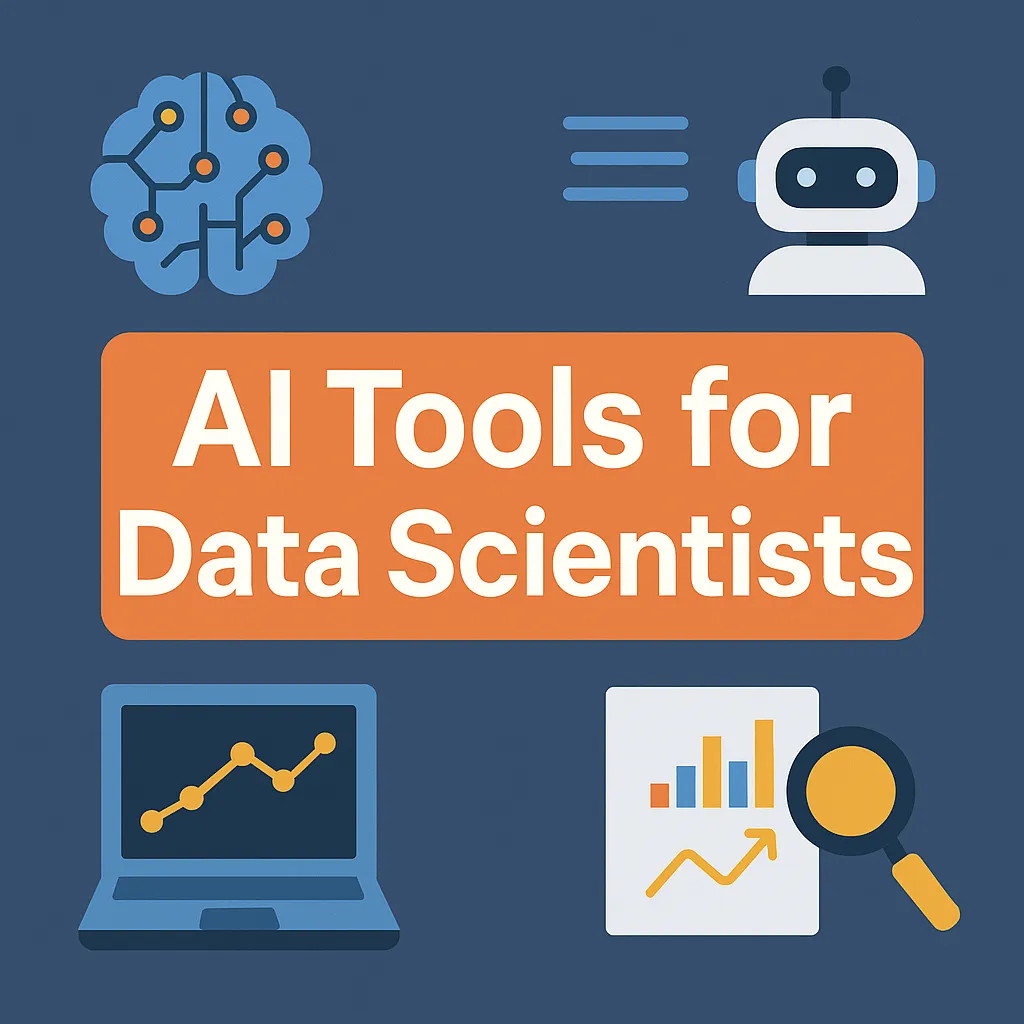
Top Paid AI Tools for Data Scientists
| Rank | Tool | Key Strength | Price / Limitations | Best Use Case |
|---|---|---|---|---|
| #1 | Databricks | Unified platform for AI/ML | Enterprise pricing | Large-scale modeling & ETL |
| #2 | H2O.ai | AutoML & explainable AI | Subscription-based | Regression/classification at scale |
| #3 | RapidMiner | Drag-and-drop model building | Pro & Enterprise tiers | Non-coders building ML models |
| #4 | KNIME | Low-code data pipelines | Free core, paid extensions | Workflow-based ML & ETL |
| #5 | Dataiku | Enterprise data science suite | Custom plans | Collaboration & deployment |
Databricks
Databricks is a unified platform that combines the scalability of a data lake with the structure of a data warehouse—ideal for enterprise-level data science and machine learning workflows. With built-in support for Spark, MLflow, and Delta Lake, Databricks simplifies ETL, model training, deployment, and analytics across teams. Its collaborative workspace makes it easy for data engineers and scientists to share notebooks, track experiments, and productionize models efficiently. Enterprises value its security features, autoscaling clusters, and integration with major cloud providers. For teams handling large-scale modeling, data ingestion, and analytics pipelines, Databricks remains a top-tier solution.
H2O.ai
H2O.ai offers a powerful suite of machine learning tools, known for its AutoML capabilities and model explainability. H2O Driverless AI automates feature engineering, model tuning, and validation, allowing users to create high-performance models without manual intervention. The platform supports both open-source and enterprise-grade users, with seamless deployment to cloud or on-prem environments. It excels at handling classification, regression, and time-series forecasting tasks at scale. With strong visualizations and interpretability features built-in, H2O.ai is a great choice for teams that need speed, accuracy, and accountability in their model pipelines.
RapidMiner
RapidMiner makes machine learning accessible to non-programmers with its intuitive drag-and-drop interface. Users can build complex workflows for data preprocessing, model training, and deployment using a visual pipeline builder. It supports over 1,500 functions and includes out-of-the-box algorithms for classification, clustering, and predictive analytics. RapidMiner is ideal for teams that want to empower domain experts—such as analysts or marketers—to build ML solutions without writing code. Pro and Enterprise tiers add collaboration, security, and performance enhancements for organizations scaling up their data science operations.
KNIME
KNIME is a low-code data science platform designed to bridge the gap between technical and non-technical team members. It enables users to build and automate data workflows using a visual interface, making it easy to design ETL pipelines, train ML models, and deploy dashboards without extensive coding. KNIME’s modular architecture supports extensive integration with Python, R, SQL, and cloud services, making it flexible for advanced users while still beginner-friendly. Its open-source core is free, with paid extensions offering enterprise-grade support, collaboration features, and scalability options for larger teams.
Dataiku
Dataiku is a collaborative enterprise platform for building and deploying data products at scale. It provides a full suite of tools for data preparation, AutoML, advanced analytics, and MLOps—all in one workspace. Dataiku allows both coders and non-coders to work together using visual recipes or code cells in Python, R, or SQL. Teams can manage the full lifecycle of data projects—from ingestion to dashboarding to deployment—within a secure, governed environment. With strong version control, experimentation tracking, and integration with major data lakes and cloud platforms, Dataiku is built for modern, cross-functional data teams.
Top Free AI Tools for Data Scientists
| Rank | Tool | Key Strength | Limitations | Best Use |
|---|---|---|---|---|
| #1 | Google Colab | Cloud-based Python notebook | Session limits | ML prototyping & experimentation |
| #2 | ChatGPT (Free) | Code assistance, idea generation | No coding plugins or file tools | Debugging, logic review |
| #3 | Gradio | Build ML app front-ends fast | Requires coding knowledge | Model deployment testing |
| #4 | Hugging Face | Pretrained models & datasets | Limited GPU unless upgraded | NLP, computer vision projects |
| #5 | Observable | Interactive data visualization | JS-based platform | Dashboards & storytelling |
Google Colab
Google Colab is a cloud-based Jupyter notebook environment that allows data scientists to write and execute Python code in the browser, with no setup required. It supports free access to GPUs and TPUs, making it ideal for machine learning prototyping, model training, and educational purposes. Colab integrates with Google Drive, enabling easy file storage and sharing across teams. Its compatibility with popular Python libraries like TensorFlow, PyTorch, and pandas makes it a flexible solution for all stages of a data project. Though session durations and resources are limited on the free tier, it’s still a powerful tool for experimentation and collaboration.
ChatGPT (Free)
ChatGPT helps data scientists with coding support, idea generation, and debugging by acting as an intelligent assistant. Whether you're exploring new modeling techniques, reviewing logic, or drafting Python functions, it can quickly produce suggestions and explanations. Though the free version lacks file handling or plugin integration, it’s still incredibly useful for refining workflows, brainstorming analytical approaches, or validating statistical methods. It complements traditional IDEs and notebook environments, giving data scientists a conversational partner to solve problems faster and learn new techniques as they go.
Gradio
Gradio allows data scientists to instantly build and share user interfaces for machine learning models. With just a few lines of Python, users can create interactive demos that accept image, text, or tabular input—perfect for showcasing models to stakeholders or testing real-world usability. Gradio is widely used for rapid prototyping, feedback collection, and teaching. It integrates well with frameworks like TensorFlow, PyTorch, and Hugging Face Transformers. While some frontend knowledge helps, most users find it accessible thanks to the detailed documentation and low-code design. It’s an excellent bridge between technical modeling and user-friendly deployment.
Hugging Face
Hugging Face is a community-driven platform offering thousands of pretrained models and datasets across NLP, computer vision, audio processing, and more. Its Transformers library is a mainstay in modern AI workflows, making it easy to fine-tune models for tasks like classification, summarization, translation, and generation. The site also hosts model demos, notebooks, and APIs, allowing users to test or deploy models with minimal setup. While GPU usage is limited in the free plan, the access to high-quality open-source models and collaborative tools makes Hugging Face an indispensable resource for both researchers and practitioners.
Observable
Observable is an interactive notebook platform designed for data visualization and storytelling. It leverages JavaScript and D3.js to help users create dynamic, browser-based dashboards and data apps. While it’s more focused on visualization than modeling, it excels at turning raw data into compelling, shareable insights. Data scientists use Observable to prototype visualizations, collaborate with others in real time, and explain results to non-technical audiences. Its built-in versioning and modular notebook structure make it easy to experiment and iterate quickly. For teams looking to enhance communication with interactive visuals, Observable is a powerful (and free) tool.
Rankings

Chatbots
AI chatbots have quickly evolved from simple assistants into powerful, multi-purpose tools used by millions of people every day...

Image Generators
AI image generators are revolutionizing the way creatives, marketers, and developers produce visual content by transforming text prompts into detailed, customized...

Writing Assistants
AI writing assistants have become indispensable tools for anyone who writes — from students and bloggers to business professionals and marketers...
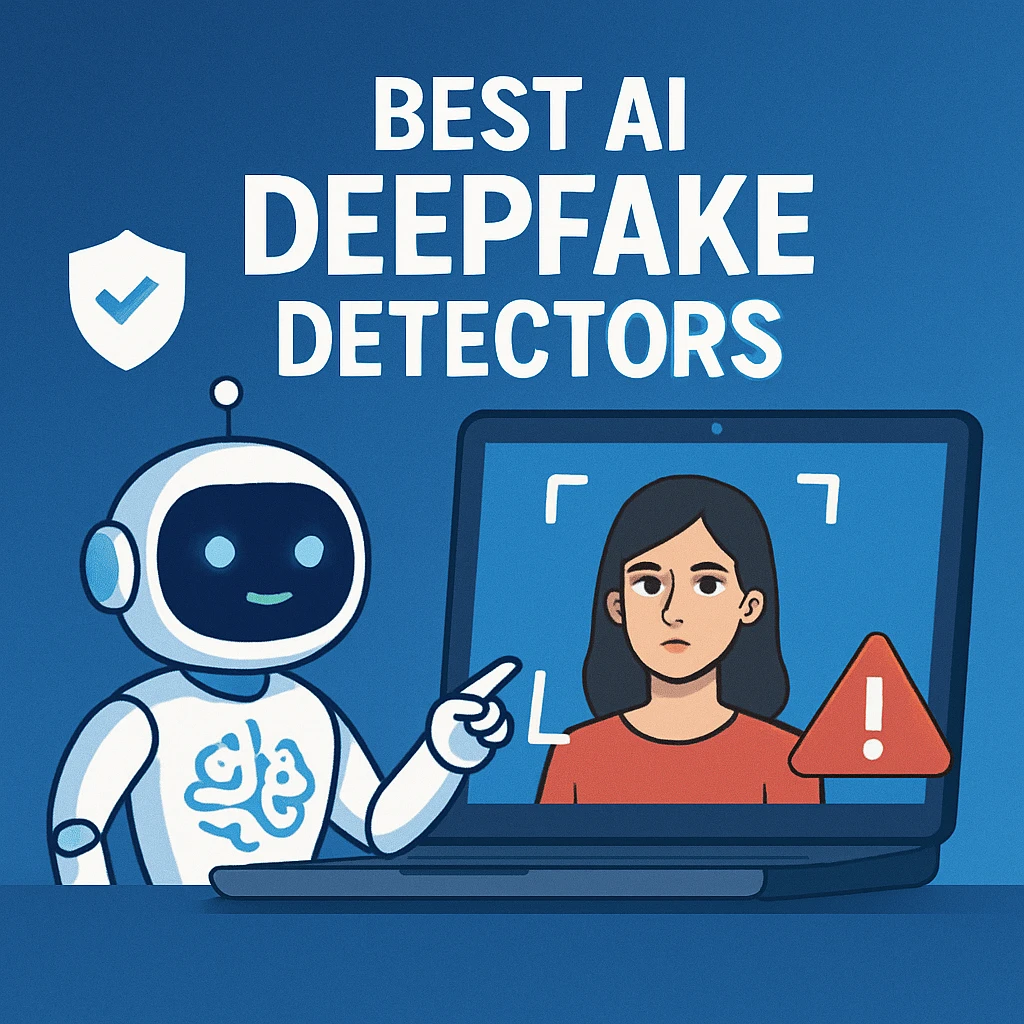
Deepfake Detection
As deepfake technology becomes more advanced and accessible, detecting AI-manipulated content is now a critical challenge across journalism, education, law, and...
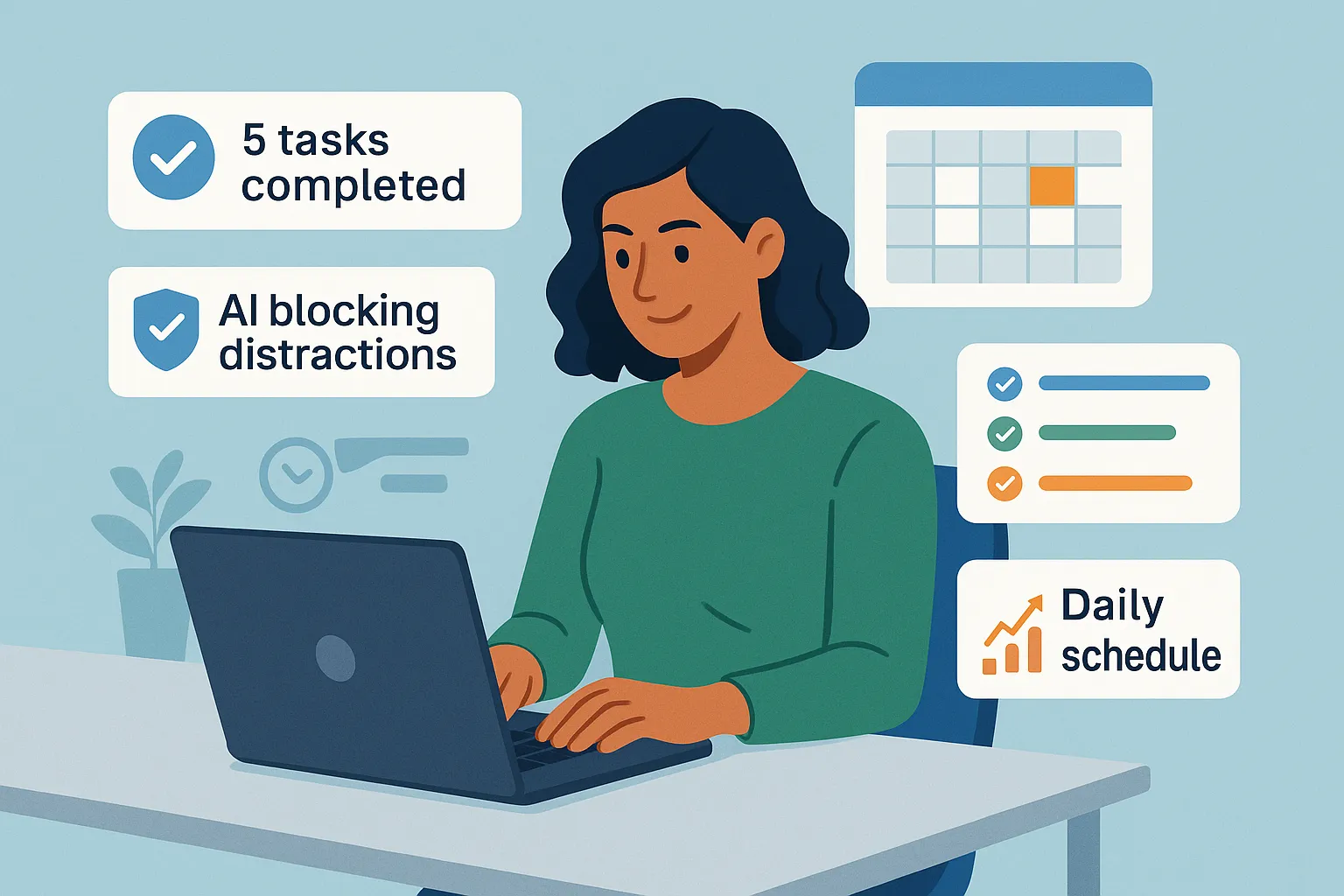
Productivity & Calendar
AI productivity and calendar tools have become essential for professionals, entrepreneurs, and students looking to make the most of their time without getting overwhelmed...
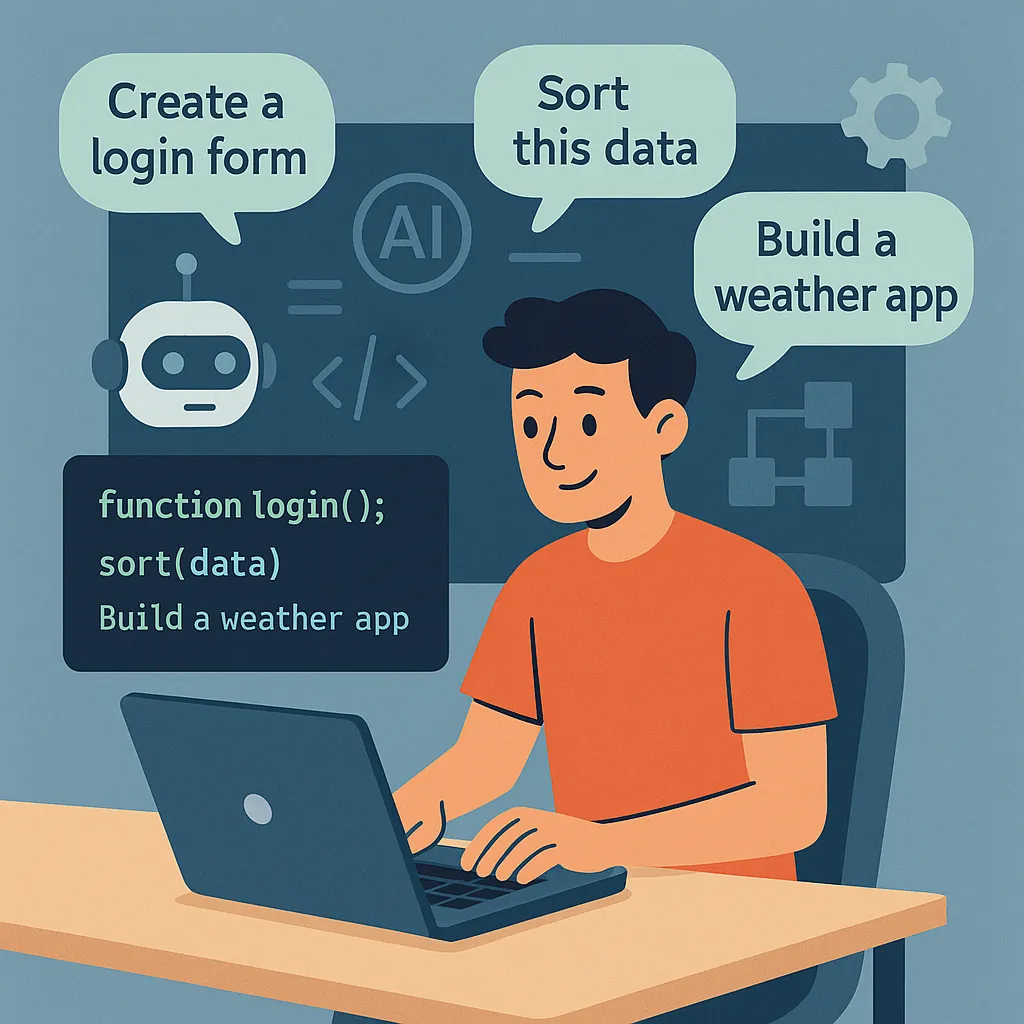
Natural Language To Code
Natural language to code tools are transforming software development by enabling users to build apps, websites, and workflows without needing advanced programming...
Blog
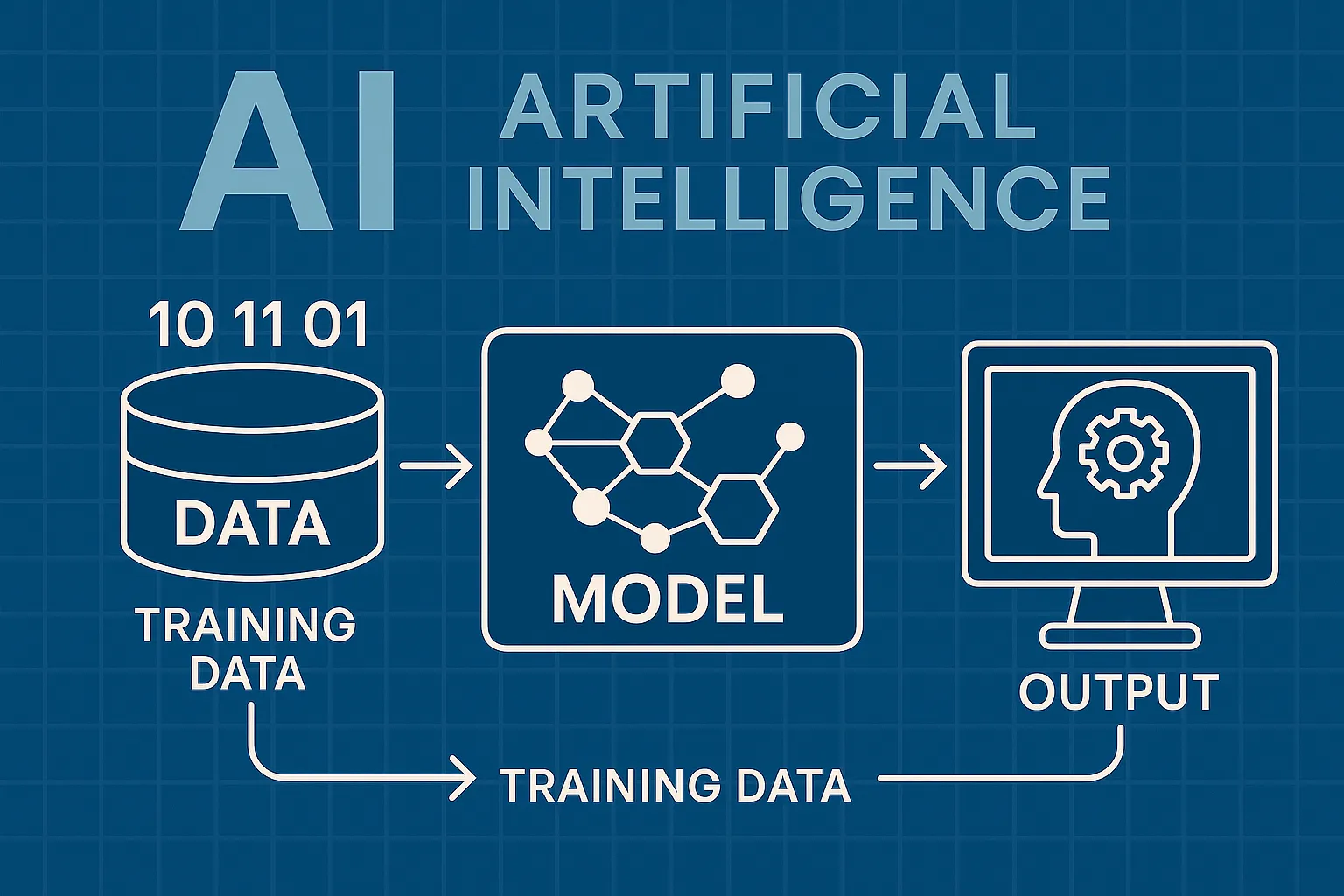
How AI Actually Works
Understand the basics of how AI systems learn, make decisions, and power tools like chatbots, image generators, and virtual assistants.

What Is Vibe Coding?
Discover the rise of vibe coding — an intuitive, aesthetic-first approach to building websites and digital experiences with help from AI tools.
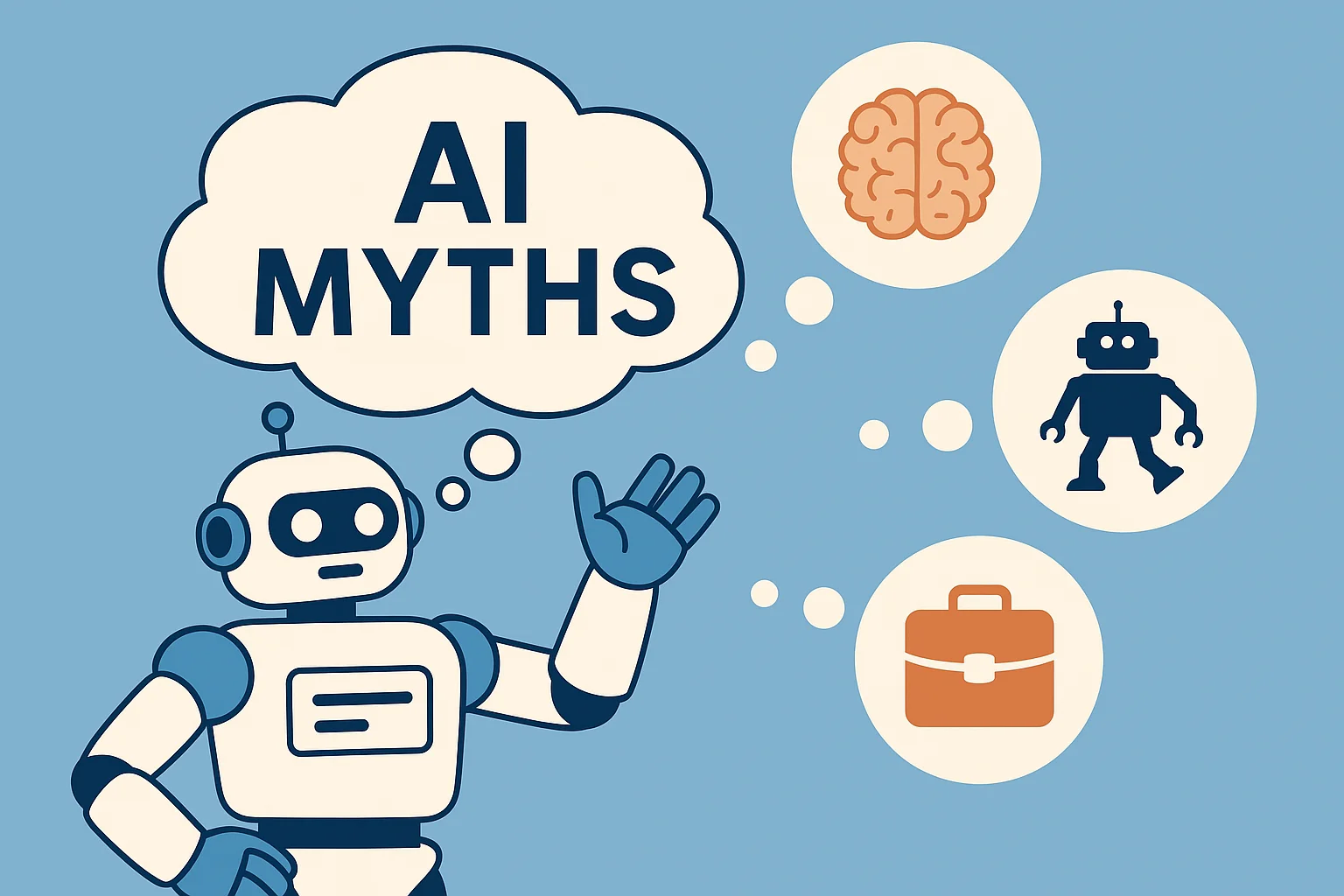
7 Common Myths About AI
Think AI is conscious, infallible, or coming for every job? This post debunks the most widespread misconceptions about artificial intelligence today.

The Future of AI
From generative agents to real-world robotics, discover how AI might reshape society, creativity, and communication in the years ahead.
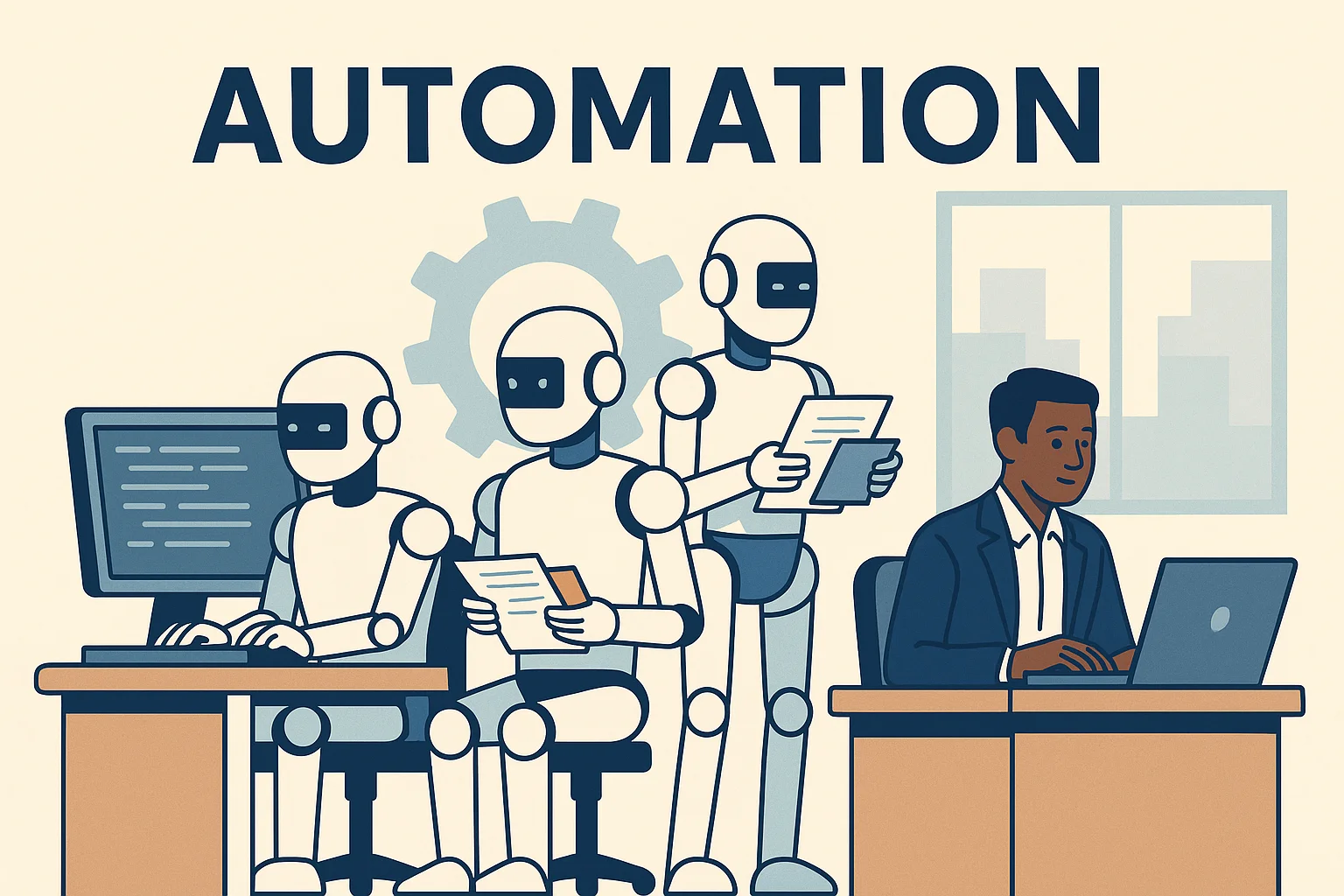
How AI Is Changing the Job Market
Will AI replace your job — or create new ones? Explore which careers are evolving, vanishing, or emerging in the AI-driven economy.
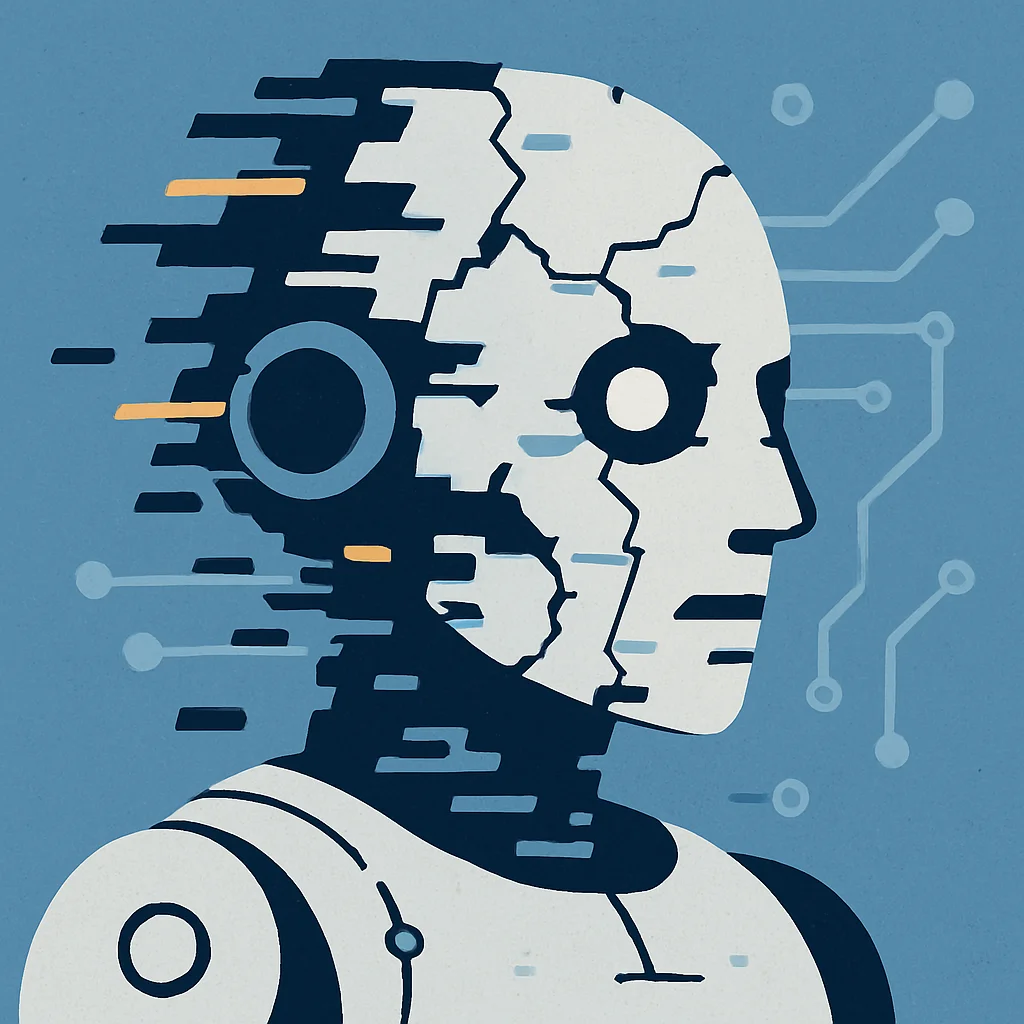
Common Issues with AI
Hallucinations, bias, privacy risks — learn about the most pressing problems in current AI systems and what causes them.